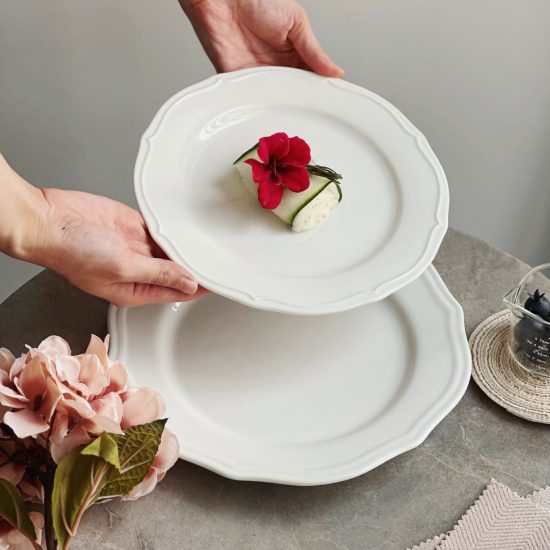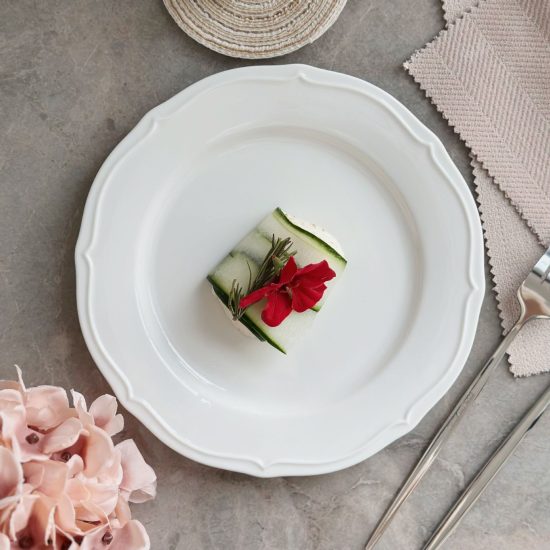When selecting a teapot, the choice of materials is important as it can influence the brewing process, heat retention, durability, and overall taste of your tea. Here are some common teapot materials and their characteristics to help you choose the right one for your tea:
- Porcelain/Ceramic: Porcelain and ceramic teapots are popular choices due to their versatility and ability to retain heat well. They distribute heat evenly, ensuring a balanced infusion. Porcelain teapots are delicate and elegant, while ceramic teapots can vary in styles, from rustic to contemporary. They are suitable for various tea types and are especially ideal for delicate teas like green and white teas.
- Glass: Glass teapots offer a visually appealing brewing experience as you can observe the tea leaves unfurling and the liquor’s color changing. They are ideal for displaying blooming teas or visually appreciating the infusion process. Glass teapots do not retain heat as well as other materials, so they are suitable for teas that require lower brewing temperatures, such as green and white teas.
- Clay (Yixing/Zisha): Clay teapots, particularly Yixing teapots from China, are highly regarded by tea enthusiasts. They are made from unique clay that can absorb and retain the flavors and aromas of tea over time. Yixing teapots are often seasoned with one type of tea, enhancing its character with each subsequent brewing. They are recommended for oolong and Pu-erh teas, but it’s crucial to use a dedicated Yixing teapot for each tea type.
- Cast Iron: Cast iron teapots, also known as Tetsubin in Japan, are known for their durability and heat retention properties. They are excellent for maintaining the temperature of the brewed tea for an extended period. Cast iron teapots are typically used for brewing robust teas like black teas and herbal infusions. They require careful seasoning and maintenance to prevent rusting.
- Stainless Steel: Stainless steel teapots are highly durable, easy to clean, and resistant to rust. They are suitable for brewing a wide range of tea types. Stainless steel teapots often come with built-in infusers or removable mesh filters, making the brewing process convenient.
- Silver: Silver teapots are considered luxurious and are valued for their elegance and conductivity. They are known for their ability to retain heat and distribute it evenly, resulting in a well-balanced infusion. Silver teapots are often used for brewing high-quality teas like white teas or delicate oolongs. However, they require special care and polishing to prevent tarnishing.
- Earthenware: Earthenware teapots, made from porous clay, offer a more traditional and rustic feel. They have good heat retention and are suitable for various tea types. However, due to their porous nature, they may retain some flavors and scents over time, so it’s recommended to dedicate them to specific tea categories.
When choosing a teapot material, consider the type of tea you most frequently brew and your personal preferences. Each material offers unique characteristics that can enhance your tea experience. Remember to consider factors such as heat retention, aesthetics, and the specific requirements of your tea to make an informed decision.


